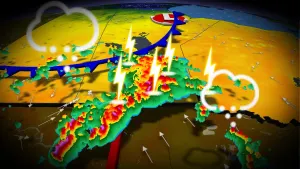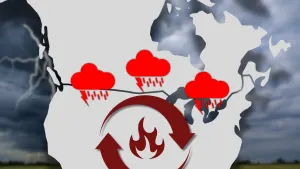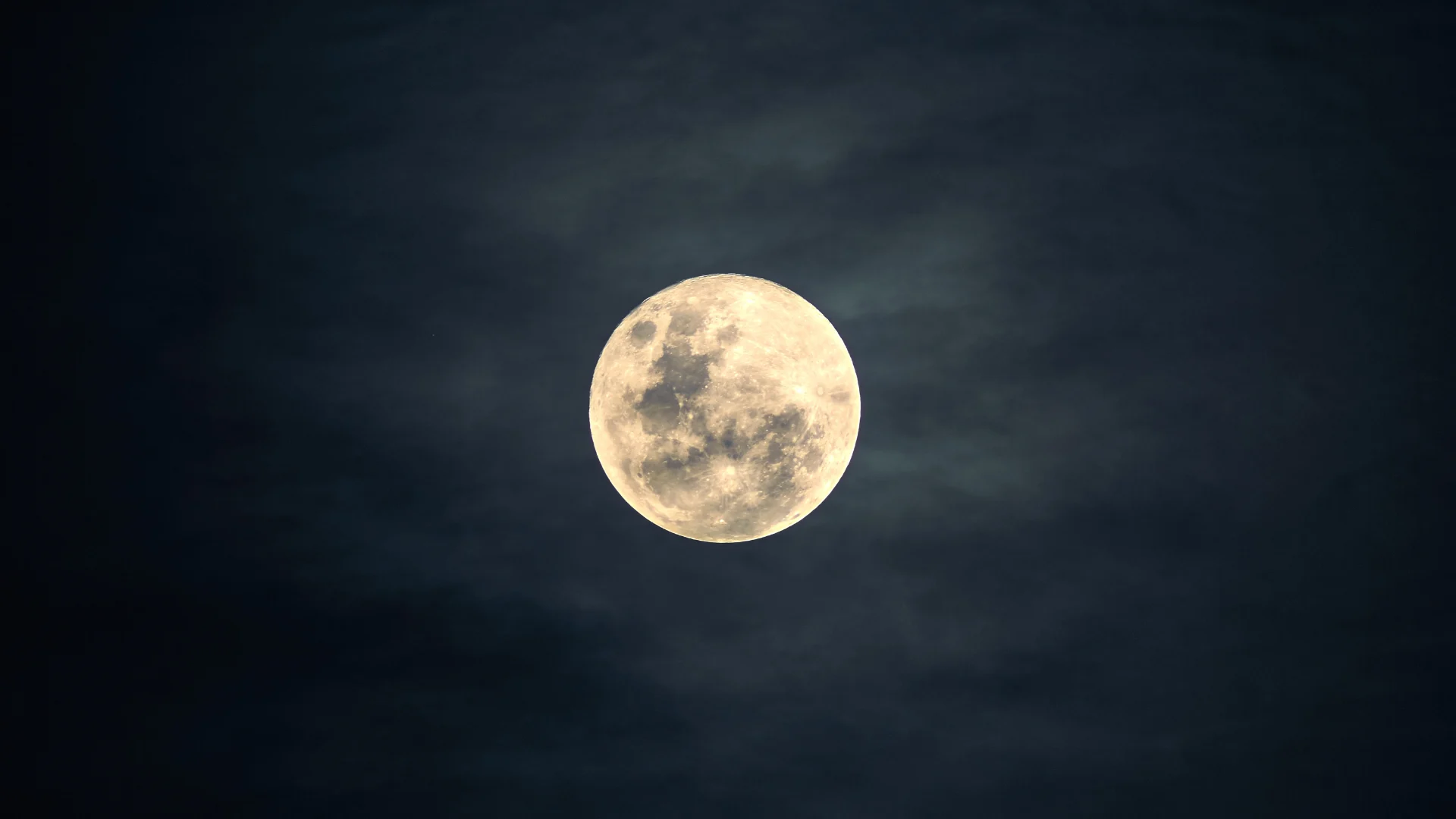
Meet the man set to become the first Canadian to visit the moon
“We’re so used to seeing the moon in the sky, but now when I go out at night look at the moon and think about how far it really is and how big it will be when we get up close to it.”
Jeremy Hansen has been staring at the stars for a long time.
The 47-year-old says he’s been fascinated with space and all it holds since he first discovered Neil Armstrong while looking for airplanes in his family’s encyclopedia.
"It just inspired me to be an explorer. I turned my treehouse into a spaceship," the former Royal Canadian Air Force fighter pilot and air cadet recalls.
But unlike most who gaze at the night sky in awe and wonder, Hansen will actually be visiting it.
In November 2024, Hansen and three other astronauts will voyage around the moon and back on humanity’s first adventure into deep space in over fifty years.
“Because I knew where I ultimately wanted to end up, people were able to guide me and give me advice,” says Hansen, who has been working with the Canadian Space Agency for 14 years.
“Now I’m going to the moon. It’s pretty crazy when you think about it.”
The mission, known formally as “Artemis II”, will debut NASA’s “space launch system” and Orion Capsule.
The four-member crew will first launch into low earth orbit at about 1,000 km above the Earth. For reference, the International Space Station orbits at approximately 400 kilometres. Then, onboard boosters will bring Orion to approximately 60,000 km from the Earth's surface for a second orbit.
From there, Hansen and crew will begin their eight-day journey to and around the moon, 400,000 km from Earth, after which they’ll use earth’s gravitational pull to bring them back towards a splashdown in the Pacific Ocean.
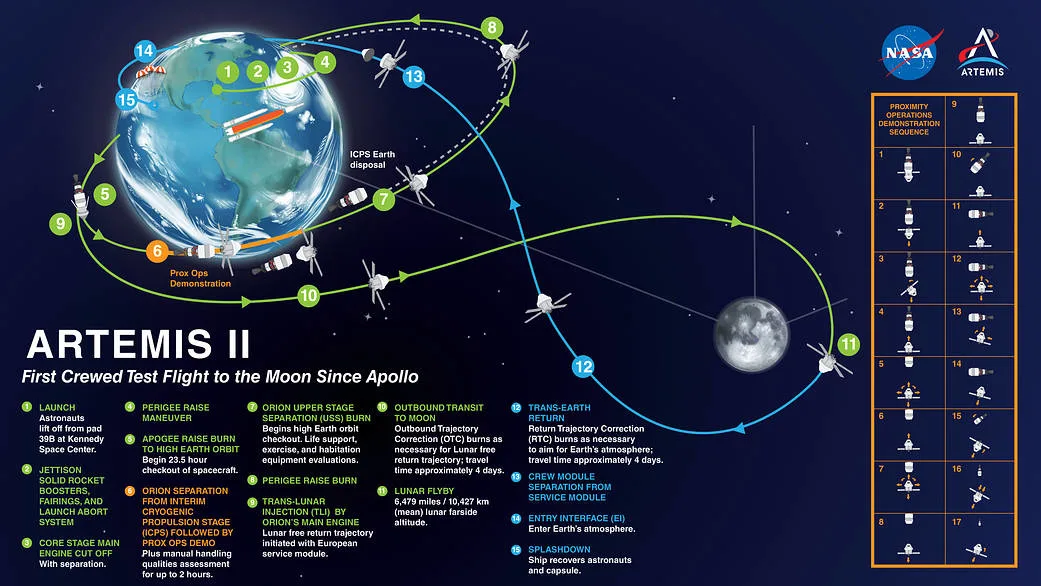
The Artemis II mission map. See an enlarged version here. (NASA)
“We’re so used to seeing the moon in the sky, but now when I go out at night look at the moon and think about how far it really is and how big it will be when we get up close to it,” Hansen says.
“It’s a long way to go.”
Artemis II will serve as a test mission for Artemis III, which aims to land the first woman and person of colour on the moon. Future Artemis program missions aim to establish a long-term presence on the moon, and even send humans to Mars.
“We could put together a mission (to Mars) today but it would be extraordinarily expensive,” he says.
“So the Artemis campaign is meant to establish a durable presence on the moon and test the systems we’ll need to do more of the science we need to understand before we send humans to Mars in the long term. But we have a lot to do on the moon, a lot to learn there.”
Crew training is scheduled to last 18 months and includes education on the operation and maintenance of the space launch system and Orion spacecraft, as well as rehearsals simulating every aspect of the mission from takeoff to splashdown.
Hansen says he’s aware of the inherent risk that comes with the gig, but he’s confident the Artemis team will have worked its way through every planned and emergency scenario before the final countdown begins.
“I don’t sit in a state of nervousness, but I do look at the things that are potentially catastrophic. Different people look at life differently, and you just have to sort of accept your fate when you decide to go on a mission like this,” he says.
“But we do have plans to mitigate those risks, all of them. I know when I’m giving my family a hug goodbye, I’ll be thinking about those acute risks. But we’re very optimistic we can pull this off.”
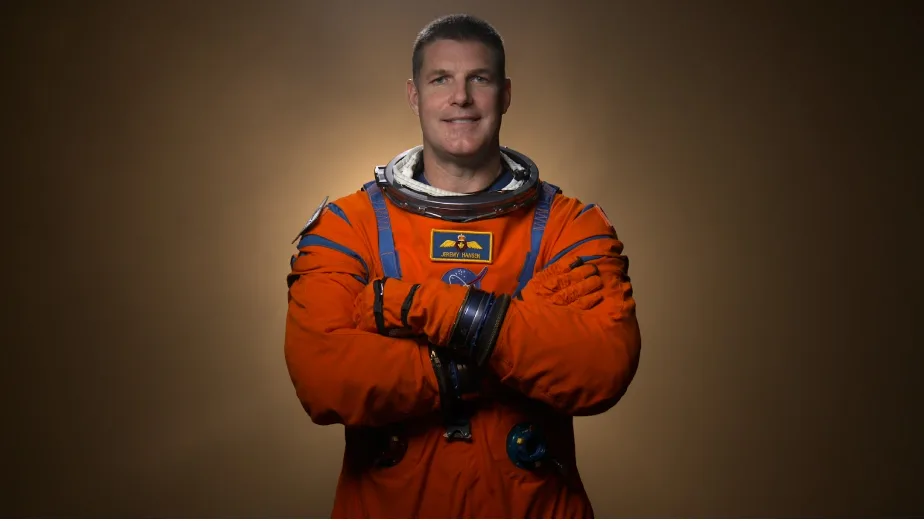
(CSA/NASA)
If that means delaying the mission beyond its current November 2024 launch date, the launch will be more than worth the wait.
“Going to the moon, that’s going to be extraordinary. That’s definitely going to be the best part. But this part here, being part of the team, solving these challenges, testing the vehicle, it’s like building a cake for me. I’m in no rush. I’m having the time of my life right now.”
RELATED: More about the Artemis II mission
Header image: file photo/Canva Pro.









